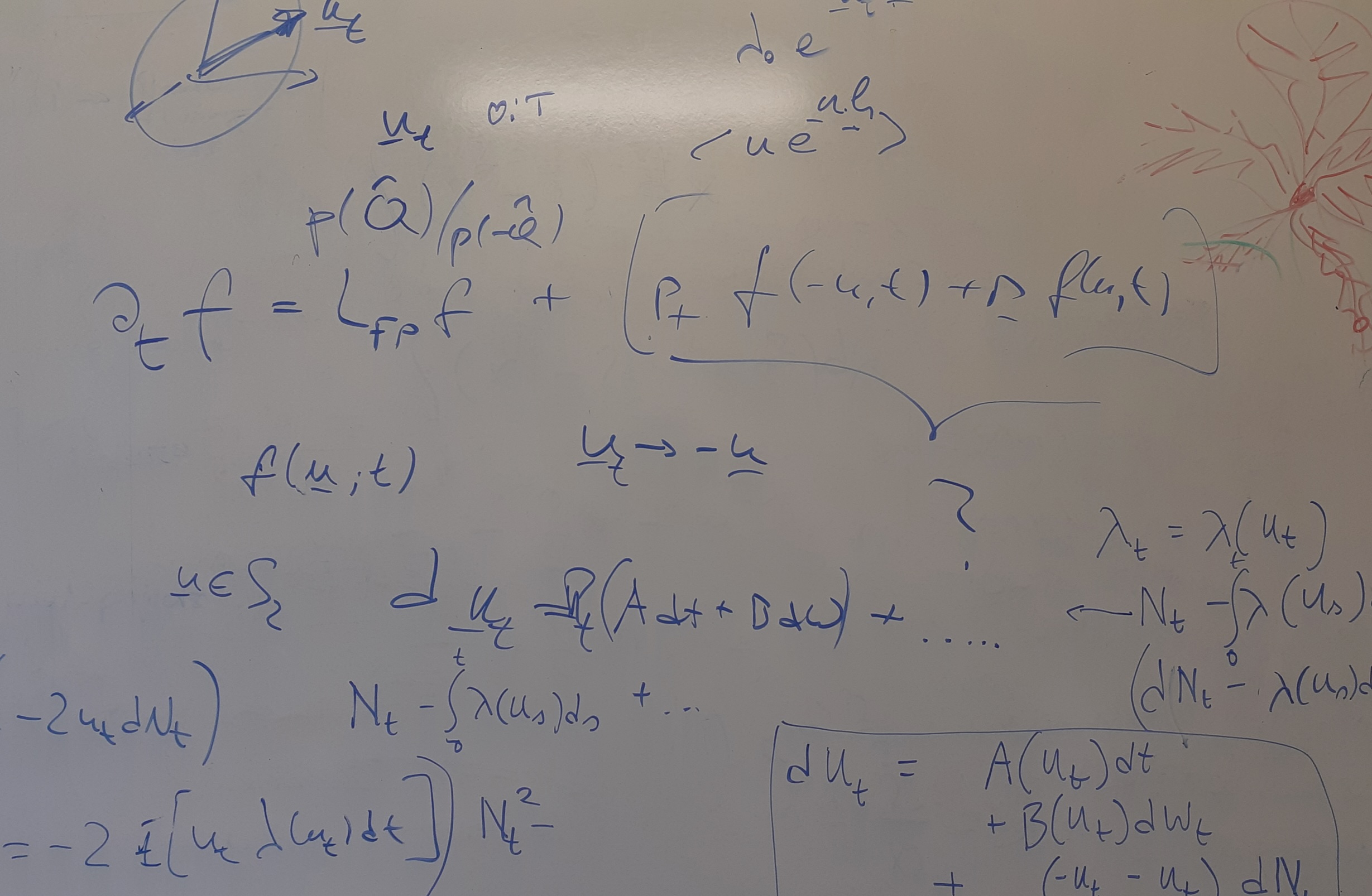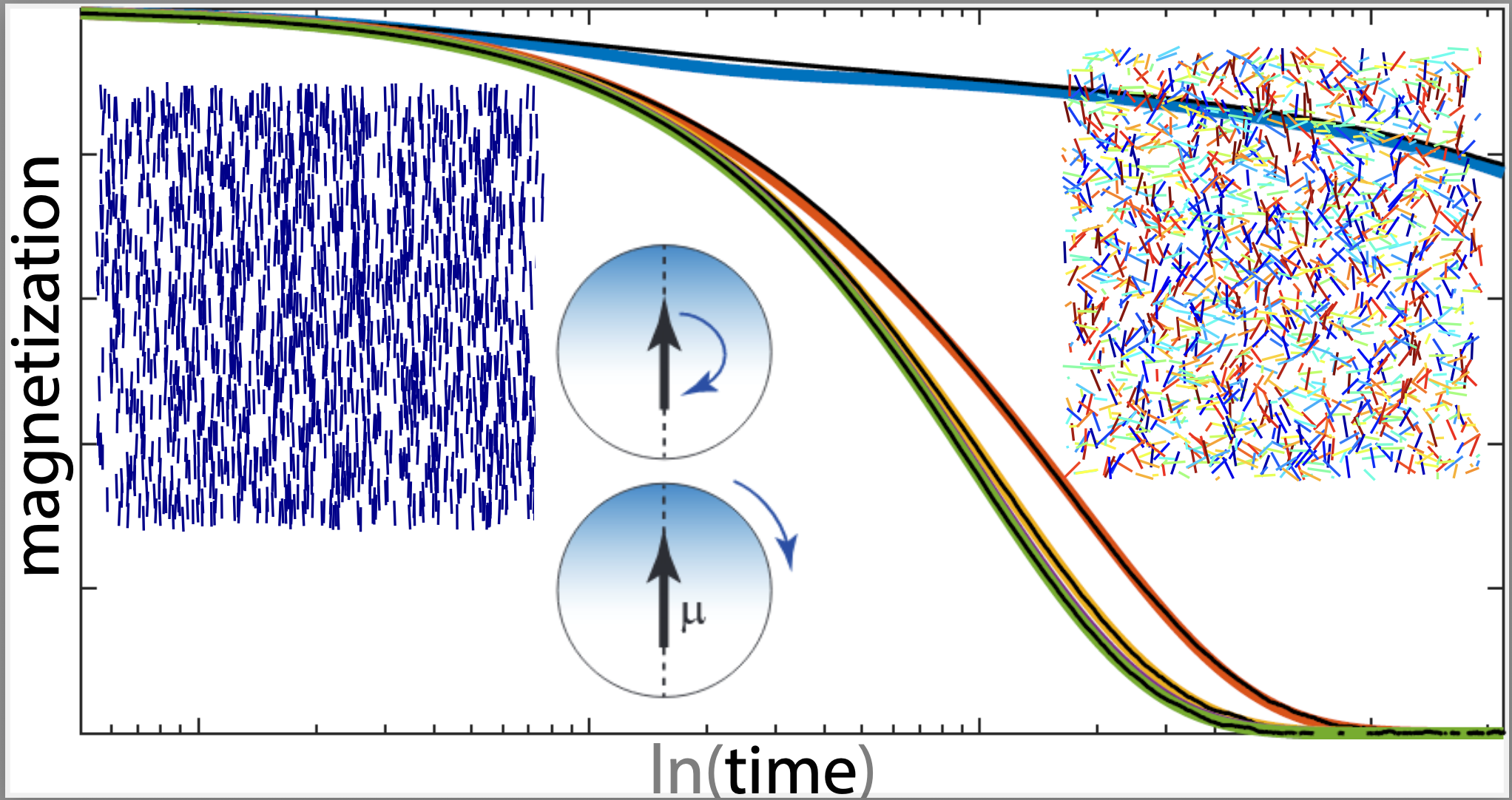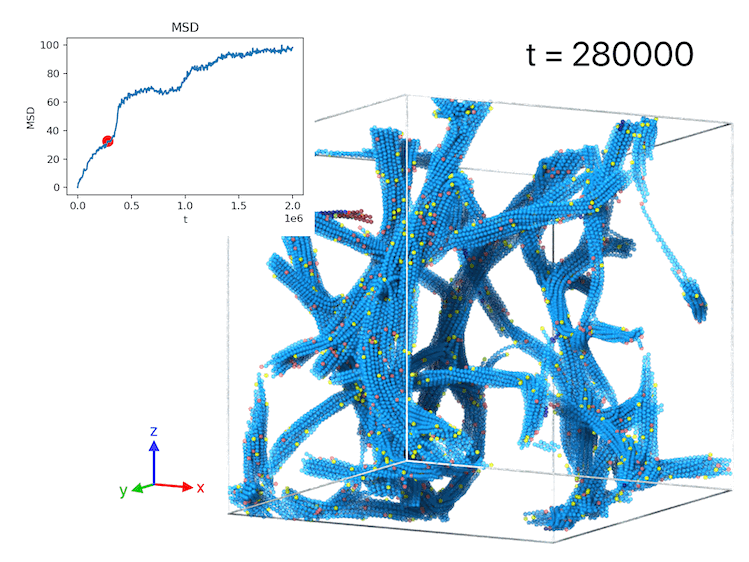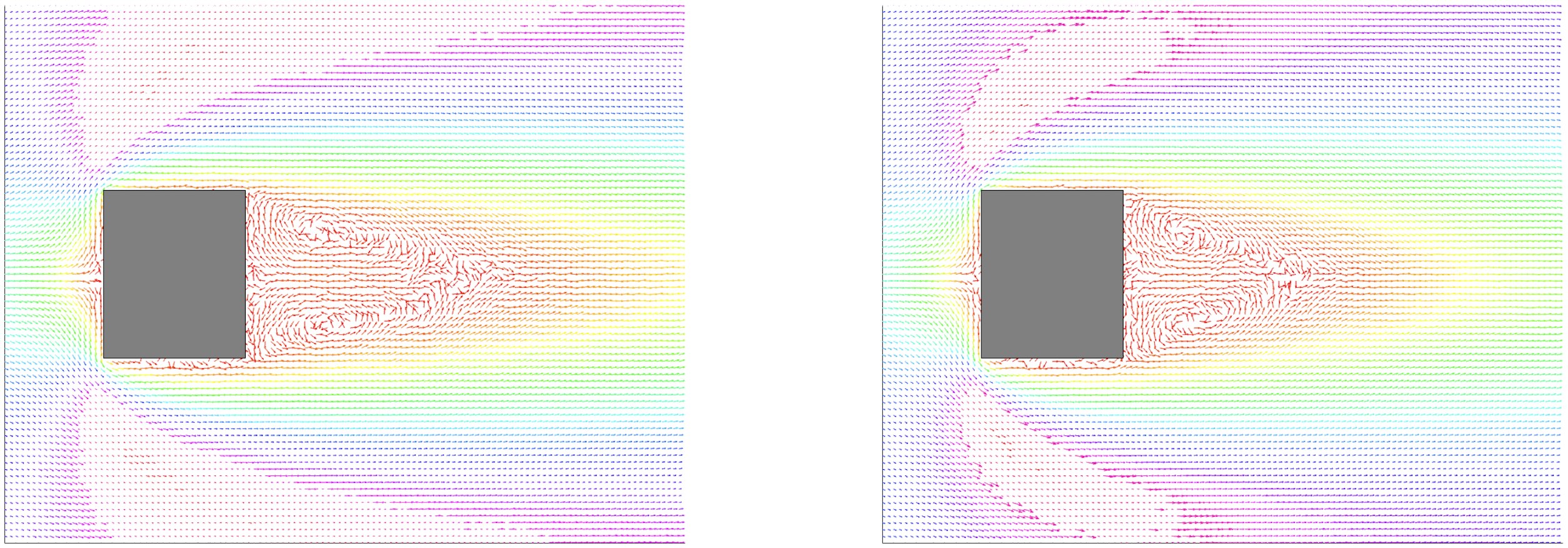Structure and dynamics in ferrofluids
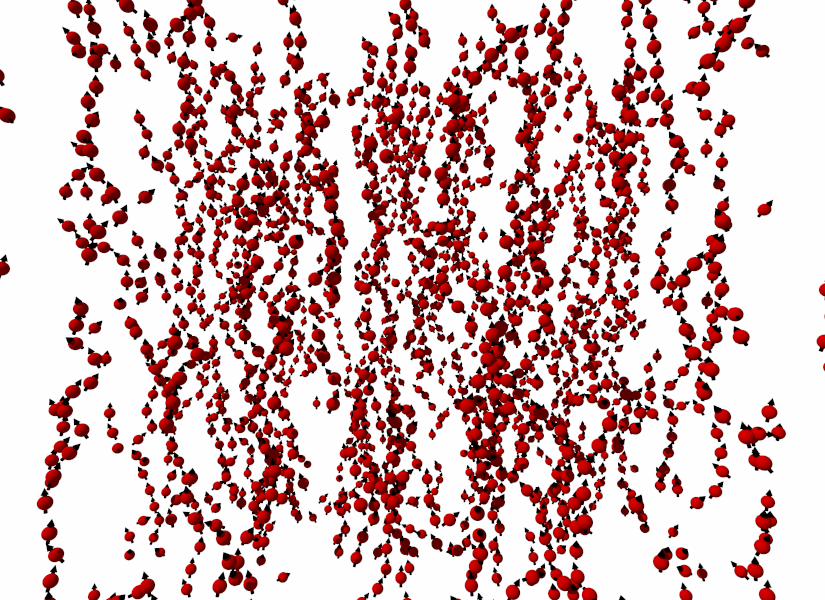
In magnetic suspensions, field-induced cluster formation of magnetic particles gives raise to a macroscopic magnetization as well as strongly anisotropic mechanical and viscous properties. We are using computer simulations to study the flow- and field-induced structure of magnetic fluids as well as their viscous behavior and compare those findings to experimental results. The possibility to manipulate fluid properties simply by changing an externally applied magnetic field make these fluids very attractive for various applications.
